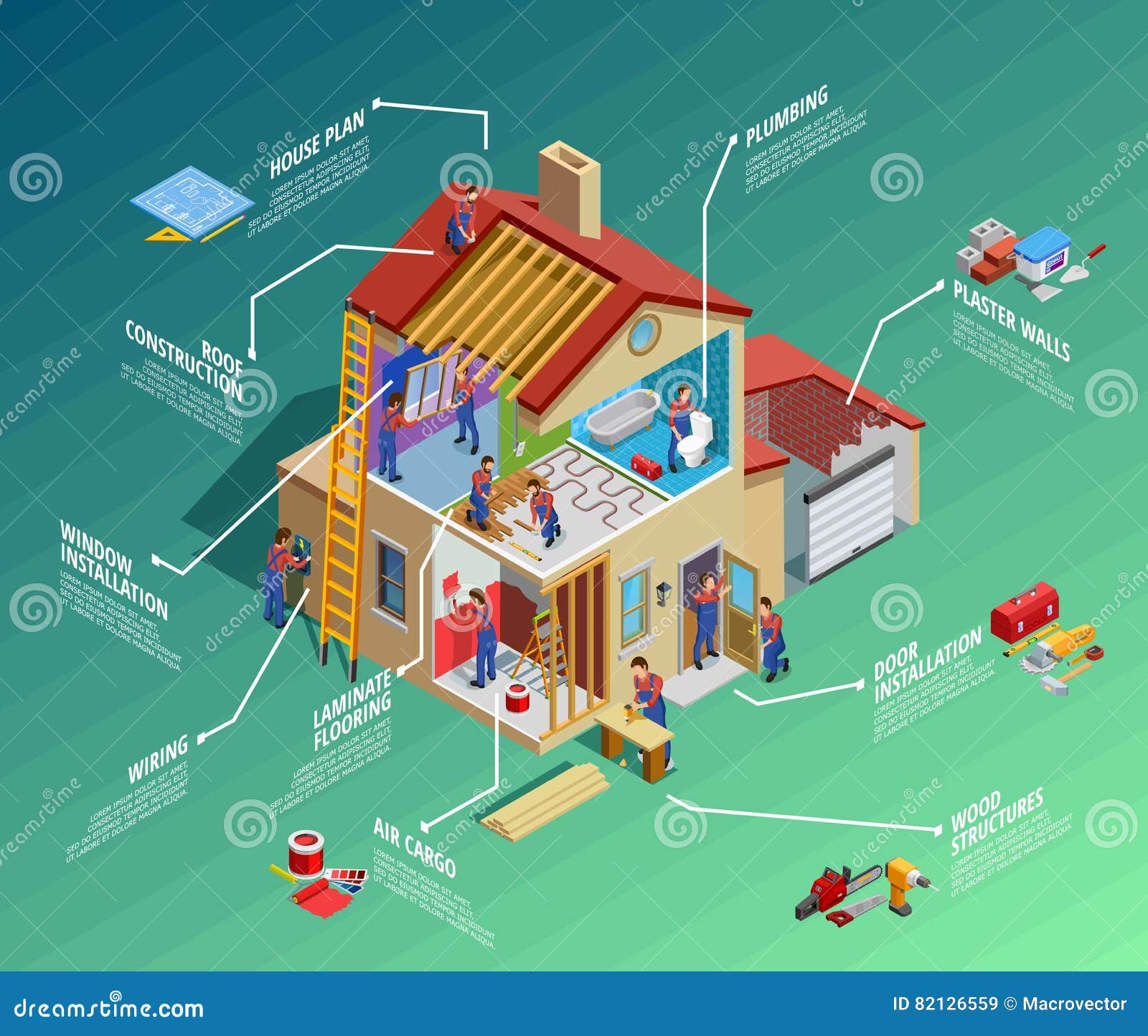The Function Of Weather In Roofing System Setup: Picking The Right Seasons And Issues For Success
The Function Of Weather In Roofing System Setup: Picking The Right Seasons And Issues For Success
Blog Article
Author-Bennett Donnelly
When it concerns roof covering installments, the climate can make or break the job. Think of the stress of managing products that won't coordinate due to severe heat or battling unsafe surface areas caused by unforeseen rainfall. Recognizing the influence of climate condition on your roof project is crucial for a successful end result. So, let's explore how various climate components can affect the top quality and toughness of your roof setup, making sure a task well done.
Impact of Temperature Level on Roofing System Installment
When it pertains to roofing system installation, temperature plays a crucial function while doing so. The ideal temperature level for roofing tasks commonly falls between 45 and 85 degrees Fahrenheit. Extreme warmth can create products like roof shingles to come to be as well flexible, causing potential damages throughout installation. On the other hand, cold temperatures can make materials brittle and prone to splitting. It is very important to schedule roof covering setups throughout modest temperature levels to ensure the most effective end result.
During colder climate, professionals may need to take additional preventative measures such as making use of warmed equipment or enabling products to heat up before installment.
In contrast, hot weather may require work to be done earlier or later on in the day to stay clear of the peak temperature levels. By considering the temperature level and its effects on roof products, you can aid ensure an effective installation that will withstand the components for many years to find.
Impact of Rainfall on Roof Projects
Roofing tasks can be dramatically impacted by rainfall, impacting both the timeline and the top quality of the setup. Rain or snow can produce unsafe conditions, making it risky for roofing professionals to service a wet surface area. Additionally, wetness can endanger the bond of materials like roof shingles or underlayment, bring about possible leakages or damages in the future.
If it rains during a roof covering job, the water can seep into prone locations, creating hold-ups as the installment team have to wait for the roof to completely dry before continuing. Extreme dampness can also advertise the development of mold and mildew and mildew, further jeopardizing the stability of the roofing system.
To avoid these problems, it's suggested to set up roof covering tasks during drier periods or keep track of the weather forecast closely to plan about any prospective rainstorms. By taking safety measures to work in beneficial climate condition, you can ensure a smoother and more successful roofing system setup process.
Impact of Wind Speed on Setup Success
Throughout roof covering installment, the rate of the wind plays an essential duty in figuring out the success of the project. High wind rates can position considerable obstacles to contractors, possibly resulting in safety risks and quality concerns. When wind rates exceed suggested restrictions, it becomes challenging to handle products, raising the risk of mishaps and damage to the roof covering products. kitchen designer san antonio can likewise influence the precision of dimensions and the accuracy required for appropriate installation.
To make sure an effective roof covering setup, it's important to keep track of and think about wind speeds. Ideally, roof covering installation must occur on days with reduced to moderate wind rates. This not only enhances the safety and security of the workers however likewise improves the overall quality of the setup.
Roofing tasks scheduled during tranquil weather are most likely to be completed efficiently and with less errors. By paying attention to wind speed projections and planning accordingly, you can help make certain a smooth and effective roof installment procedure.
click here for info , when it pertains to roofing system installment, keep in mind to take into consideration the climate condition to guarantee a successful work. mouse click the next web page , dry problems, and moderate wind rates are essential factors to focus on for a smooth installation procedure. By arranging your project throughout the most effective seasons and excellent climate condition, you can accomplish a resilient and long-lasting roofing that will certainly shield your home for years to come.
